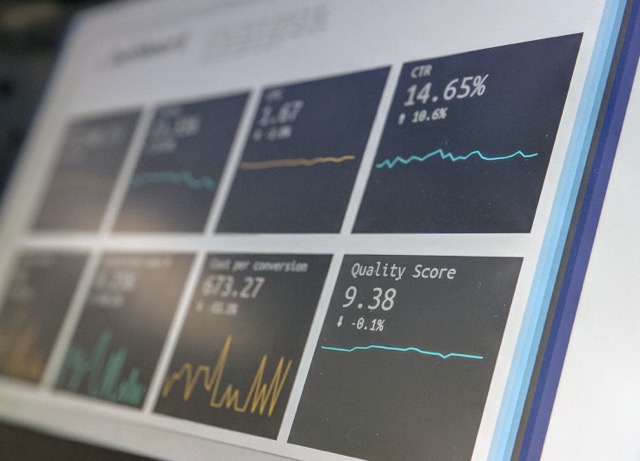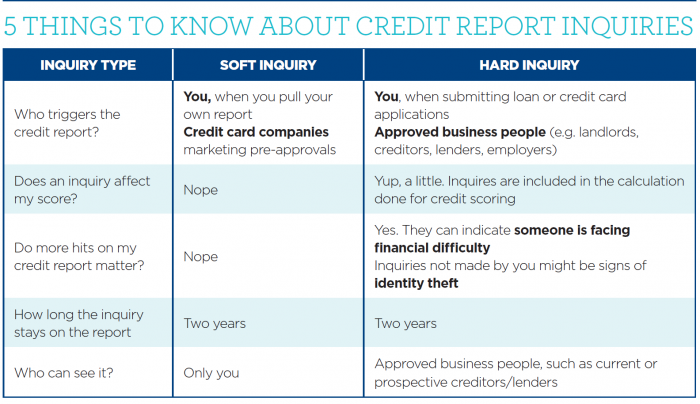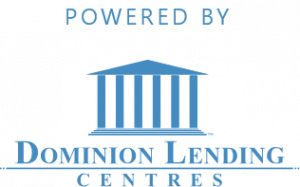Winning the LOWEST Rate
Keys to the Lowest Rate
Ready to buy a house and winning the lowest rate. Your mortgage rate is heavily influenced by the characteristics lenders look for in borrowers. To get your best possible deal and make sure you meet all of their criteria. Have an impressive credit score, demonstrate stable income and employment history, provide low debt-to-income ratios (DTI). Then, offer 20% as down payment or more if available, this shows financial stability! It’s no surprise that those who present themselves well will get accepted at lower rates. Don’t worry if not everything matches up perfectly – they take other factors into consideration too!
Lower Down Payment?
Don’t let a heavy down payment weigh you down! CMHC Insured mortgages with less than 20% require an insurance premium, but they also offer the lowest mortgage rates. With conventional loans over 20%, higher interest prevails. That being said, some lenders are willing to charge sweet discounts if your wallet’s full enough. A minimum of 5% is needed in Canada, so take advantage and start budgeting for that dream home today!
Does the Lowest Rate = The Best Deal?
When it comes to mortgages, don’t be dazzled by rock-bottom rates! Sure, low interest look great at first glance. However, there’s a range of other factors that can make or break your mortgage deal. Take prepayment provisions for example, these vary between lenders and could potentially cost you in the long run if not suitable to your needs. Additionally, portability clauses should also be taken into consideration before committing. Some brokers might leave out important information when touting their lowest rate offer so ask questions beforehand! We welcome all of your mortgage questions and will provide the best answers for your situation. When deciding on a mortgage plan use all available info as part of an informed decision making process. After all, this is one purchase you’re likely going handle only once in life time. That is why winning the lowest rate for your own case is important.












